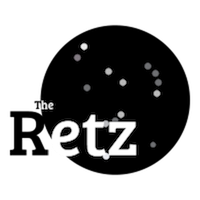I wanted to evaluate some of the automatic thoughts that create my conceptions of my world.
These checklists, done daily, help a person see which thoughts are present in one's mind throughout the day. It was nice at the end of the day to take stock of positive or negative thoughts that passed through (despite my feeling that it was mostly negative thoughts).
On the positive side, the thoughts can be, "I like to read" or "I'm pretty smart". On the negative list, "Nobody loves me" or "I don't have what it takes." The manual has other documents, or descriptions of activities, like a daily activity monitor (common suggestion for managing emotions during the day), identifying what beliefs cause certain thoughts, and tracking daily pleasant activities.
The lists that I used can be found in the Individual Therapy Manual for Cognitive-Behavioral Treatment of Depression on pg. 15. The manual was created by Ricardo F. Muñoz, Ph.D. and Jeanne Miranda Ph.D. from the University of California, San Francisco.
This document could hold many useful examples for practical exercises to improve well being. Below is an image of my partially completed checklist:
I mentioned previously that I first came across the topic when it was mentioned in The Happiness Hypothesis by Jonathan Haidt (it's on the Favorite Books list), and I know that it's discussed again in the book The Coddling of the American Mind by Jonathan Haidt & Greg Lukianoff.
It seems to be an increasingly popular topic (CBT) since I first read about it in 2016. More recently, I explored CBT, and it's link to Stoicism, when I participated in a month long Stoic Mindfulness & Resilience Training (SMRT) program. There are a few helpful links posted in the first bullet item of this Quick Digs post.

